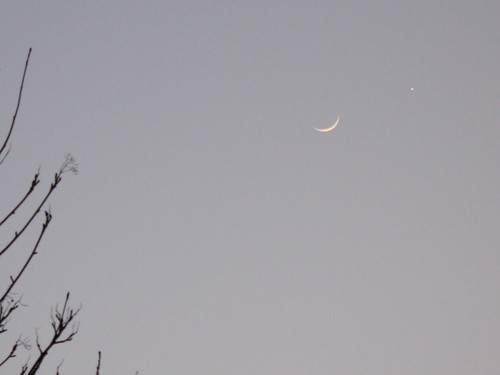Last night I attended a meeting of the Center For Inquiry Vancouver, with invited guest Dr. Jaymie Matthews, mission scientist of the MOST project. MOST (Microvariability and Oscillations of STars/Microvariabilité et Oscillations STellaires) is Canada’s first space telescope, studying minute variations in stars’ light output to understand their inner structure, as well as detecting any planets that may be orbiting them.
Last night I attended a meeting of the Center For Inquiry Vancouver, with invited guest Dr. Jaymie Matthews, mission scientist of the MOST project. MOST (Microvariability and Oscillations of STars/Microvariabilité et Oscillations STellaires) is Canada’s first space telescope, studying minute variations in stars’ light output to understand their inner structure, as well as detecting any planets that may be orbiting them.
In the over 5 years since its launch, MOST has studied hundreds of star systems, upending a few theories, confirming others, and generally expanding our understanding not only of others stars, but our own as well.
The event was named What if Galileo had a Space Telescope? in reference to Galileo’s groundbreaking observations of celestial bodies, which forever altered our perception of the universe and our place within it. Dr. Matthews argues that we are currently going through a similar revolution, what with new cosmological theories like dark energy (to explain why the expansion of the universe is still accelerating), and our continuing quest for Earth-like exoplanets, further putting our home in its proper perspective.
Unfortunately, MOST’s imaging technology doesn’t lend itself to pretty pictures like, say, the Hubble Telescope. Still, the words, simple graphics and animations are enough to fire the imagination. This is head-spinningly exciting science! I’ve read up on some of it over the years, but I’d never heard of MOST and had no idea so much was being done right here in Canada!

